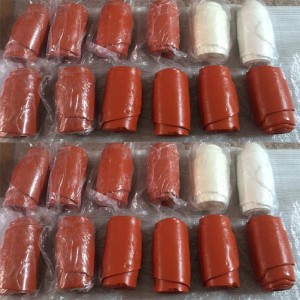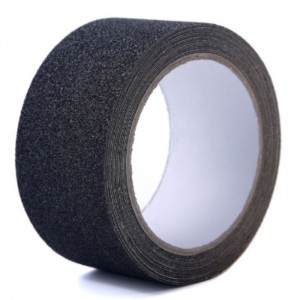Vulcanized silicone rubber material
All silicone rubber products need to be vulcanized because the silicone rubber has higher application value after vulcanization. The mechanical properties are greatly improved. It is insoluble in water and other characteristics in the solvent. Of course, not all of them need to be vulcanized. For example, some thermoplastic silicones do not need to be vulcanized, but natural rubber and synthetic silicone rubber need to be vulcanized with a vulcanizing agent.
It is widely used for sealing in automobile and machinery industries, anti-vibration materials, rubber roller materials in textile, plastic and printing industries, and caulking and sealing materials in construction industries. At the same time, it can be used to make soft molds for casting epoxy resin, polyester resin, polystyrene, polyurethane, vinyl plastic, paraffin, low melting point alloy, etc.
Product Features
1. Addition molding liquid silicone material with high resilience, high temperature resistance and wear resistance;
2. Low hardness, good flexibility, non-toxic, rust-free and pollution-free
3. Small compression set and long service life;
5. Good wear resistance, not easy to age, anti-static, moisture-proof and moisture-proof;
Silicone rubber vulcanization is divided into two stages: the first stage is divided into raw rubber, reinforcing agents, additives, vulcanizing agents and structure control agents to mix raw materials to obtain silicone rubber raw materials, which are mixed into semi-finished materials; Put the material and the finished material into the hardware moulding, and heat moulding, extruding, squeezing, injection and other processes, with the force of the machine and the product catalyzed and solidified, the moulding is formed at a high temperature!
In the process of vulcanization of silicone rubber, the common vulcanization processes of silicone rubber products are as follows:
1-Silicone rubber vulcanization process can be divided into three methods: direct vulcanization, indirect vulcanization and mixed gas vulcanization, depending on the vulcanization medium and vulcanization method.
1. Direct vulcanization: Put the product directly into hot water or steam for vulcanization.
2. Indirect vulcanization: Place the product in hot air to vulcanize. This method is usually used for some products with strict appearance requirements, such as rubber shoes.
3. Air-mixed vulcanization is firstly used for air vulcanization, and then steam is used for direct vulcanization. This method can not only overcome the shortcomings of steam vulcanization affecting the appearance of the product, but also overcome the shortcomings of slow heat transfer by hot air, long vulcanization time, and easy aging.
2-According to the different vulcanization process, silicone rubber products can be divided into cold vulcanization, room temperature vulcanization and hot vulcanization.
1. Cold vulcanization: Cold vulcanization can be used for the vulcanization of film products. The rubber product is immersed in a carbon disulfide solution containing 2% to 5% sulfur chloride, and then washed with water.
2. Room temperature vulcanization: When room temperature vulcanization, the vulcanization process is carried out at room temperature and normal pressure, for example, room temperature vulcanization glue (mixed rubber solution) is used for joints and repairs of bicycle inner tubes.
3. Thermal vulcanization: Thermal vulcanization is the main vulcanization method for silicone rubber products.



